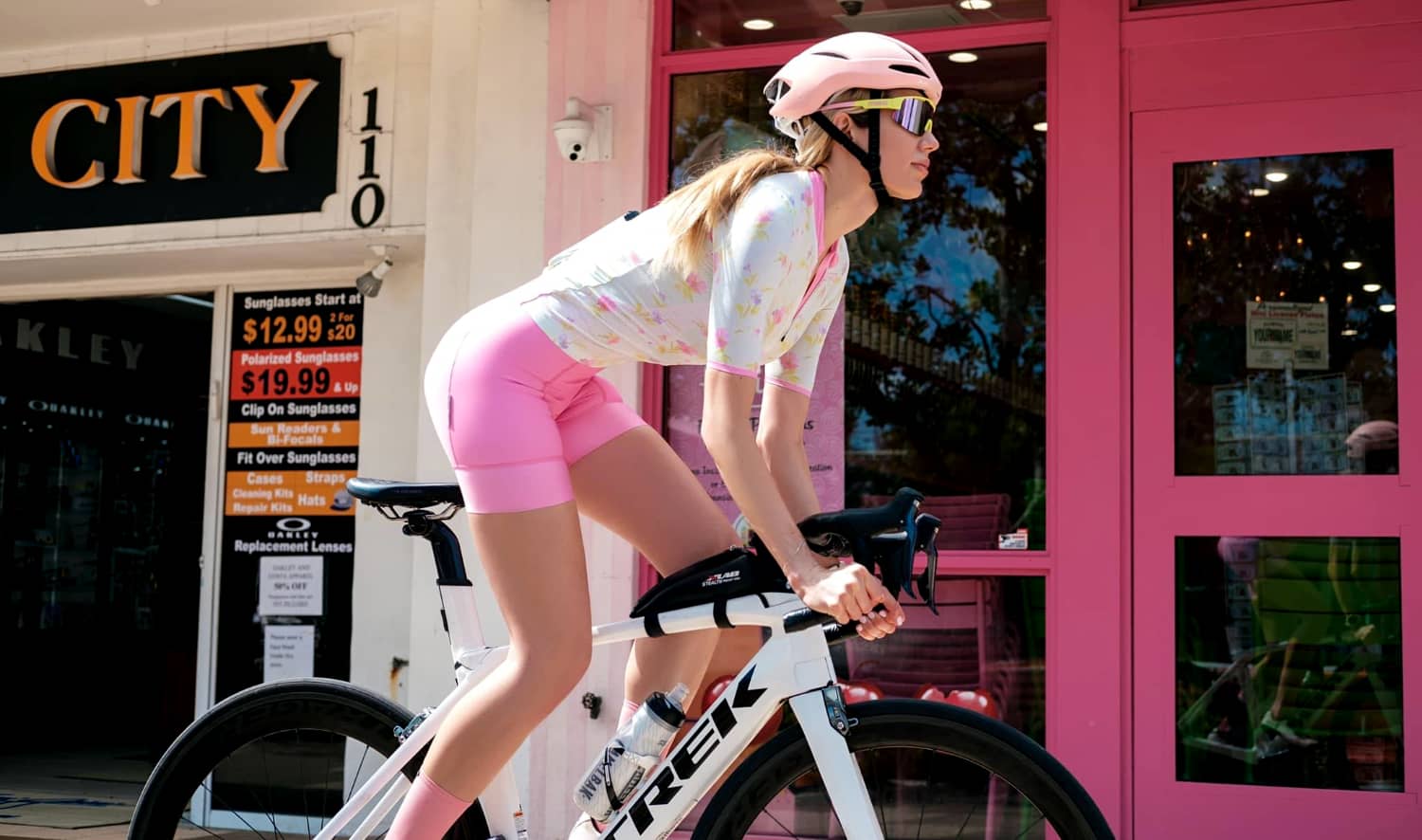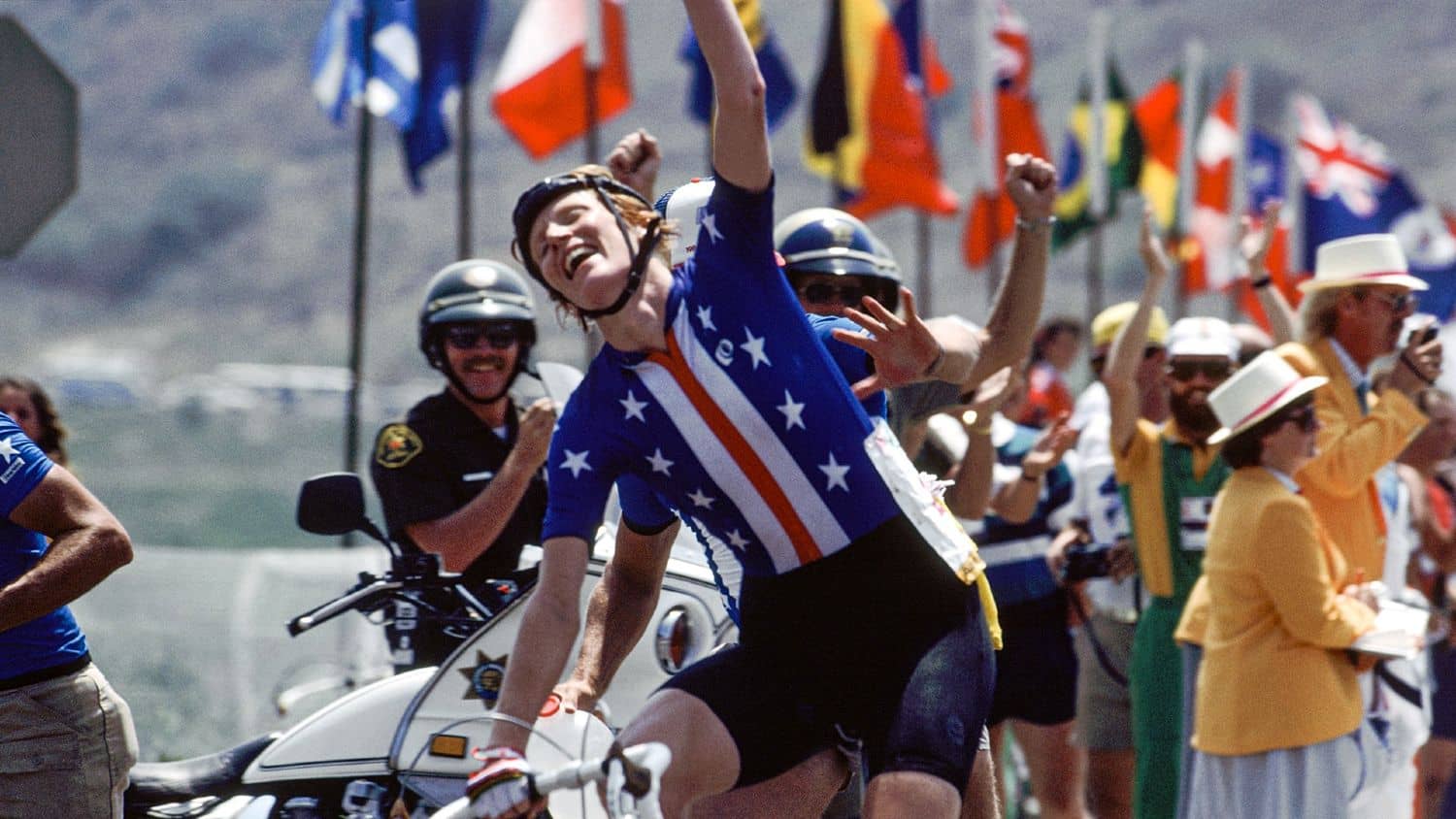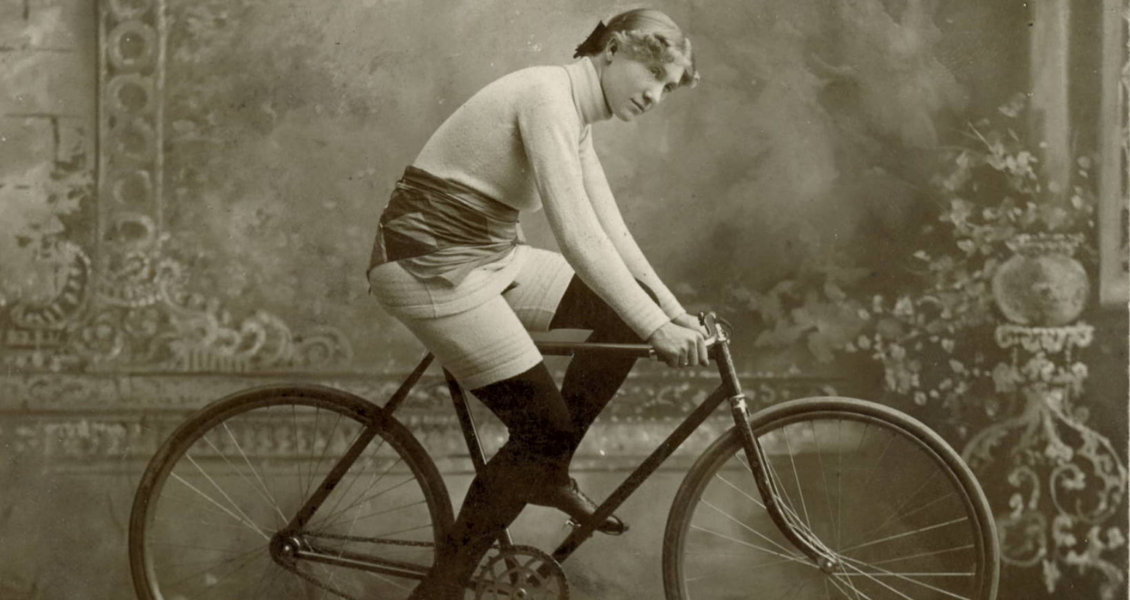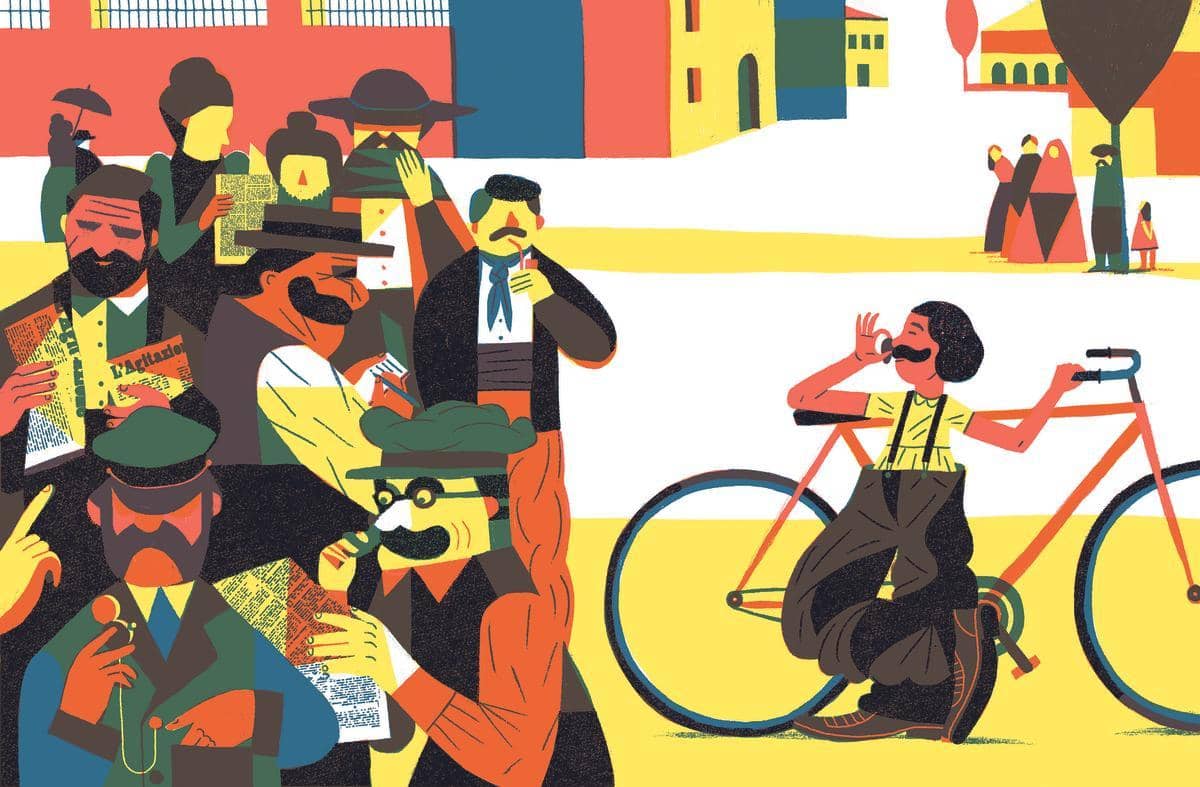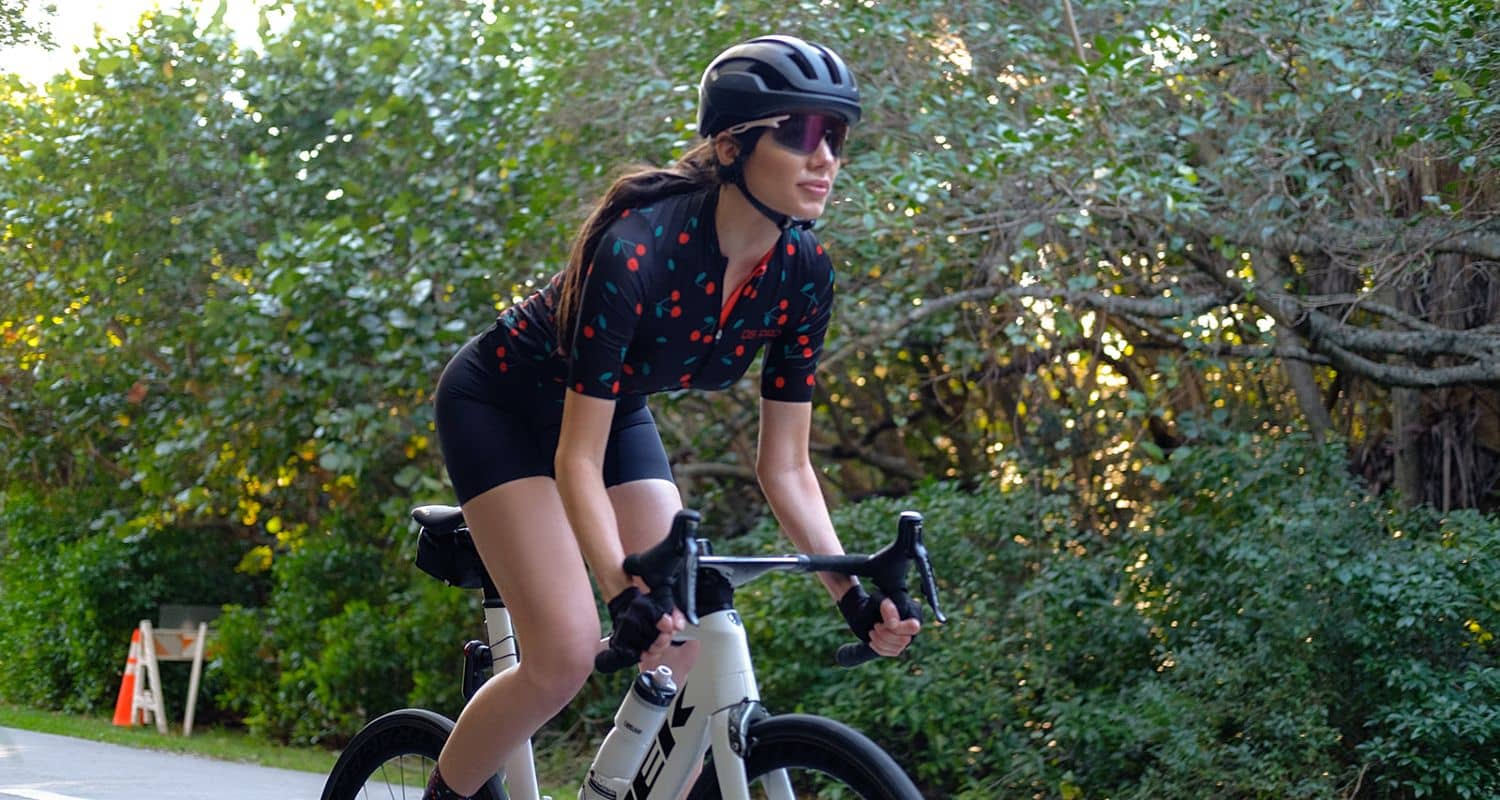Pioneering Women in Cycling History
Nadezhda Pavlova (Editor in Chief)
More than 100 years ago, bicycles were designed and made for men; but, despite the obstacles faced by women, some choose to persevere and take the reins. At this time, bicycles symbolized women’s change and freedom. This changed how they lived, their mode of dressing, and how they contemplated themselves. It was a dramatic change in self-confidence and perception of their position, whilst there was still a long way to go.
Despite the early cycling pioneers, it was in the 1984 Los Angeles Games, when women contested the first Olympic cycling race. However, even with this long wait for Olympic recognition, real professional cycling in women was not acknowledged until the 1990s. Before the contest, some women were slowly paving the way for the women in cycling sport today, such as going to races and requesting to join the League of American Wheelmen membership. This perseverance has helped the riders of today to continue with the fight for equal recognition with the men; but, why should these battles for equality have to take place – it’s a valid question.Let’s take a brief look at some of the women pioneers, who have worked to get women’s cycling started on the path to modern day recognition.
Susan B. Anthony
was one of the activists who embraced the idea of cycling for women. She saw cycling as one thing that was changing the way of life in women more than other things in the world. In those days, there were no sponsorships, prizes for winners, diversification, or training for female cyclists. Nevertheless, some kept pushing their way into cycling against all odds. Here, we have some of the pioneers of the sport who spearheaded and paved the way for women in the sport in the 19th century.
Connie Carpenter, Los Angeles 1984
Louise Armaindo
This great and strong woman was from Montreal. Louise went from race walking on tracks to the high wheel. Armaindo could race in all games in North America. In 1872, she covered 600 miles in 72 hours which was a new record for America. As the cycling sport became known and young women engaged in it, Louise Armaindo was forgotten. However, her existence is proof enough that you have to be tough to make a living in cycling, especially as a woman.
Beatrice Ethel Grimshaw
She was a travel writer who started her cycling career in 1891. She finished schooling at 21 years old and ran Dublin, Ireland for a journalist career. She became an editor and a student of sports. She would ride her bile when out of the office. She participated in casual century rides. Beatrice completed 210 miles after cycling for 24 hours. Later, she traded her bike to travel where she wrote many books on worldwide exploration.
Kittie Knox
Kittie Knox was from Boston and bought her first bike in the 1890s. She was the first black American to be approved into the League of American Wheelmen membership in 1893. Despite being discriminated against, she continued with the sport and was known for her cycling outfit. She became one of the first women to wear bloomers, taking the first step toward what eventually became the bike shorts that women could wear in public.
Annie Cohen Kopchovsky
She was living in Boston as a Latvian immigrant. In 1894, she left her husband and children to race around the world. She got sponsored when she rode with a sign for the Londonderry Lithia Spring Water Company of New Hampshire. Some argue that she inspired the sponsored jerseys today. In 1895, she returned home with a broken arm having crossed the U.S.
Tillie Anderson
Cissie Colreavy
Cissie Colreavy joined the sport in the 1890s. Her family owned Shamrock hotel which was located in western Australia. Cissie’s mother was a bike race promoter. It influenced Cissie’s love for cycling.
She was the first woman in Australia to wear men’s bloomers while racing instead of skirts. She continued to race and won various competitions.
The “Big Five”
The “Big Five” was a team of bold women who competed amongst themselves and other women in the U.S. in the 1890S. The racers were Helen Baldwin, May Allen, Lizzie Glaw, Tillie Anderson, and Dottie Farnsworth. They were able to prove that women can be competitive and friendly among themselves. In the 1880s, Helen Baldwin and May Allen raced the high wheels before shifting to racing tracks. After a three-year break, Allen returned and became the first professional racer slash mother in pro cycling.
Tillie Anderson
This inspiring woman got a bike in 1894 and would race between 20 to 40 miles before breakfast. She worked as a seamstress during the day and went back to race training in the evening.
Alfonsina Strada
She was the first and only woman to ride one of the three major stage races in cycling when she began in the Giro d’Italia. She entered the race under the name Alfosin Strada and when promoters saw she was a woman, they allowed her to continue. However, injuries and crashes forced her out of the race. Promoters eventually paid her for finishing the race after. Her husband gave her a bike as a wedding gift which helped her race around Europe.
Nora Young
Nora Young was a Canadian racer who almost beat men in a 50-mile race in the 1930s. She participated in other sports like javelin throwing, basketball, and the Olympics. During World War II, her athletic career ended, and she went to Europe as a Jeep mechanic.
The Drive for Equality Continues Today
There have many inspirational women cyclists throughout the ages. They all have their own story that contributes to the history of the sport. Although it remains a vehicle for change, equality in payments and competition is a challenge. But, at its core, the sport remains a testament to how women never give up despite all the hardships they’re forced to endure. When we look at simple things, like Cherie Pridham making the headlines in recent years, as the first World Tour DS woman, it’s a reflection on the continuing battle for recognition. We woman can train as hard as the men, race as hard as the men, albeit with an obvious physiological and physical difference, we’re no less atheletes – but, it seems that we have to prove ourselves and our worth far more. Thankfully, as women, we have an advantage – our mental strength and perseverance.

